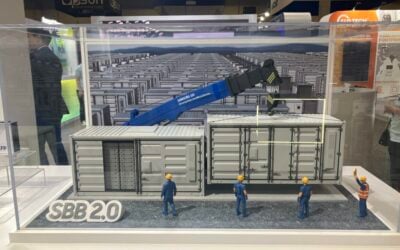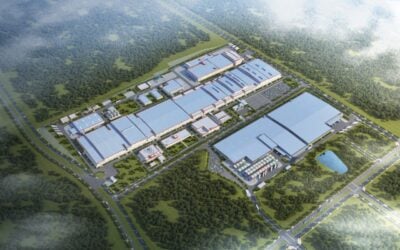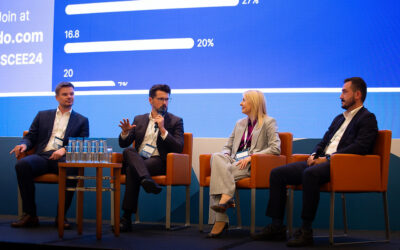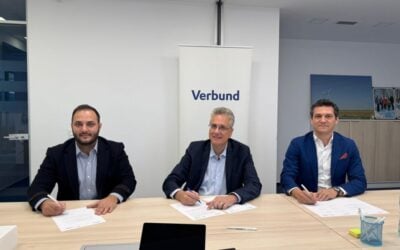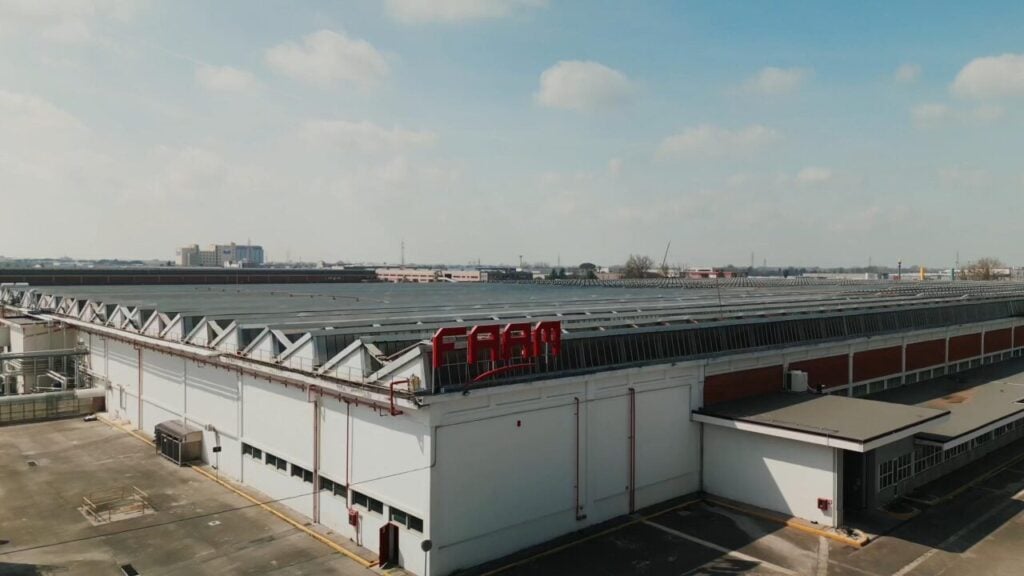
Italian multinational energy company Eni intends to become a player in battery cell manufacturing for stationary energy storage systems.
Yesterday (24 September), the oil major announced that development activities have begun for a new lithium iron phosphate (LFP) battery cell factory through a joint venture (JV) called Eni Storage Systems.
Eni Storage Systems aims to construct a manufacturing hub at existing Eni facilities in Brindisi, southern Italy, with over 8GWh annual production capacity. An initial engineering phase is now underway, and economic, financial and permitting assessments are being carried out.
According to Eni, the pre-construction work is expected to be completed by Q1 2026, before the project moves to execution.
Try Premium for just $1
- Full premium access for the first month at only $1
- Converts to an annual rate after 30 days unless cancelled
- Cancel anytime during the trial period
Premium Benefits
- Expert industry analysis and interviews
- Digital access to PV Tech Power journal
- Exclusive event discounts
Or get the full Premium subscription right away
Or continue reading this article for free
Eni’s JV partner is FIB, a subsidiary of Italy’s Seri Industrial group, which owns several battery and materials companies. Eni owns 50% of the JV, plus one share; FIB owns the other 50%, minus one share.
Eni and Seri Industrial agreed in October last year to cooperate in developing an industrial supply chain for LFP batteries, targeting the stationary battery energy storage system (BESS) and commercial and industrial (C&I) electric mobility sectors.
The pair hope to capture more than a 10% share of the European stationary energy storage market.
According to figures from the trade association European Association for Storage of Energy (EASE) and research consultancy LCP Delta published earlier this year, just under 12GW of energy storage was deployed across all scales and technologies in Europe in 2024, bringing cumulative installations to 89GW.
LCP Delta forecasted that by 2030, an additional 128GW/300GWh of electrochemical storage will be installed on the continent, as electricity load growth and political factors drive demand.
European domestically-owned gigafactories
The Brindisi site could eventually host a battery recycling facility alongside stationary energy storage and cathode active material (CAM) production lines. Eni Storage Systems would make the recycling and cathode active material plants available to third-party customers, Eni said.
FIB, which trades under the brand name FAAM, already has a 0.3GWh pilot production line making 50Ah soft pouch LFP cells with an integrated battery management system (BMS) at its Teverola 1 plant in Caserta, Italy.
That pilot line went into operation in 2021. FIB is also developing Teverola 2, an LFP factory with 8.5GWh annual production output and capable of making 40Ah, 155Ah and 300Ah cells, near the site of the first.
The Teverola 2 project has been classified as a European Union (EU) Important Project of Common European Interest (IPCEI) to receive €500 million (US$587 million) in grant funding, and the company raised a further €150 million (US$176 million) from private banks toward what it claimed would be the first European-owned LFP gigafactory.
Eni said it would partner with Seri on the integrated management of the Brindisi site as well as for the Teverola 2 factory complex.
Eni also has a downstream energy utility and renewable energy project business, Eni Plenitude, through which it has delivered large-scale battery storage projects, including a recently completed 200MW/400MWh project in Texas, US.
As highlighted in an ESN Premium article in May, Europe’s would-be battery makers face three major challenges: persisting high energy prices, a lack of experience and technical expertise in batteries and the continuation of falling prices of batteries imported from China.
Even well-funded startups Northvolt and Freyr Battery surrendered their gigawatt-scale manufacturing ambitions, Northvolt going out of business and Freyr pivoting to a rebirth in the US solar PV manufacturing space.
A slowdown in growth for the European EV market has also not helped, with Automotive Cells Company (ACC), a JV operated by Stellantis, Mercedes-Benz and TotalEnergies, saying in March that even the €100 billion (US$113 billion) EU Clean Industrial Deal package would be insufficient to help provide the “immediate support” that would be essential to ramp up its gigafactories successfully.


